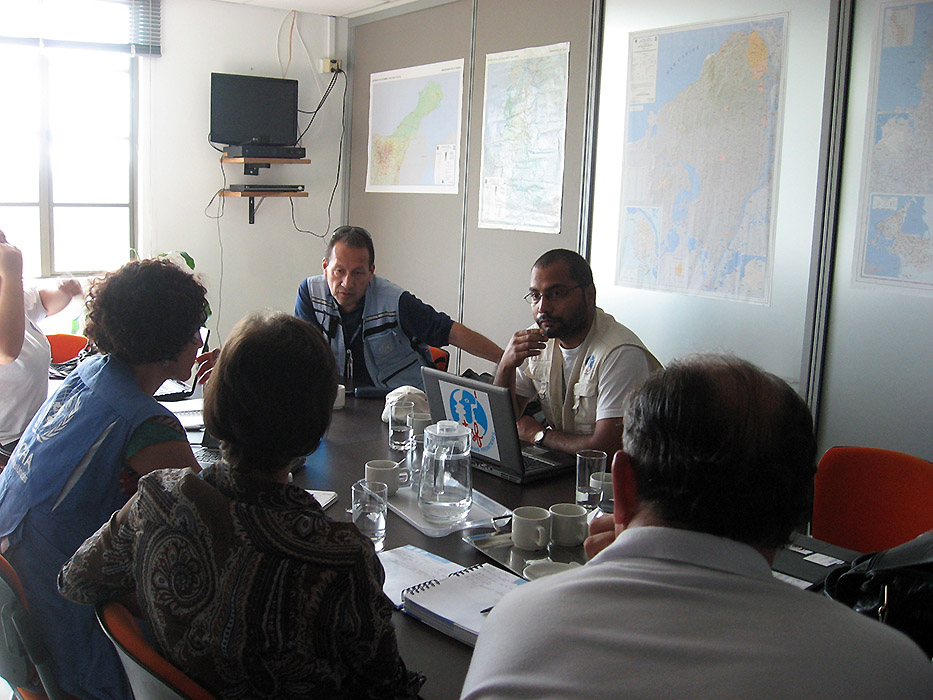Barranquilla Floods
Context: Floods
Start date: 13/01/2010
End date: 28/02/2010
Areas of intervention: 9 cities and villages in 2 departments
- Baranquilla
- Atlantico
Activities:
- UNDAC support
- Telecom assessments
Context
The rain usually occurs two times a year in the country, these two cycles generally extend from March to May, and from September to mid-December. However, the influence of La Niña led to the first raining period meeting the second one; therefore it had been raining continuously from April up to the end of December. These rainfalls caused floods in the principal rivers, leading to drench in vast zones because of the saturation of water level in soil, making the draining harder. The winter wave also caused mudslides and rock falls, destroying or blocking the possible accesses, leaving towns and villages isolated.
On 7th December 2010, the government of President Juan Manuel Santos declared the state of emergency economic, social and ecologic and of natural Disaster to face the floods and mudslides due to these rainfalls.
According to the data from the Direction of Risk Management, part of the Ministry of State and Justice, between the 6th of April and the 28th of December 2010, the winter season did 301 dead and 2 217 226 stricken in 710 municipalities of 28 departments and in the capital’s district. The most affected departments are the Caribbean Region, with Bolivar ahead, followed by Magdalena, Atlantico, Guajira, Cordoba and Sucre. The floods caused major damages in the departments of Chocó and Antioquia, also doing 304 dead, 292 injured and 59 missing. Regarding the housing, 324 634 appear to be damaged. The number of destroyed houses heavily increased in the last weeks, going from 3000 up to 5168 at the beginning of December. The first estimations show that overall more than 320 000 children are affected, including those of whom the school has been used as a dormitory.
Deployment
Télécoms Sans Frontières deployed from the America base on 29th December. The mains objectives are ICT technical support and evaluation support for UNDAC members and those of the Colombian government.
Telecom assessments
According to information from the Ministry of Information Technologies and Communications, no major problem has arisen in conventional networks, Internet, GSM and 3G. All the departments affected were able to rely on telecom services. Following an assessment by TSF, it was noted that only a few land lines had been damaged (about 10%), and that there was indeed no problem for the Internet and GSM networks.
The mission was conducted in collaboration with UNDAC, PMA and ACNUR missions, where it was verified that the state of the telecom services and the humanitarian assistance provided by the government matched the needs of the affected populations. Evaluations were conducted with UNDAC members during field visits to shelters, area of assignment and distribution of food and water.
The TSF team leaves Colombia at the end of its mission on 11th January 2011.


















